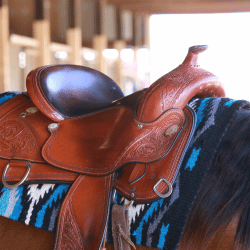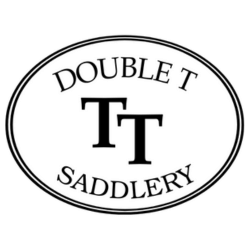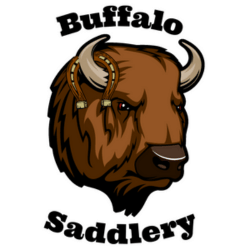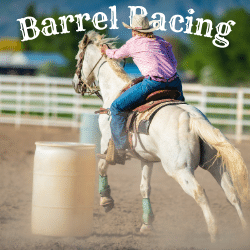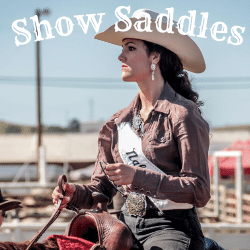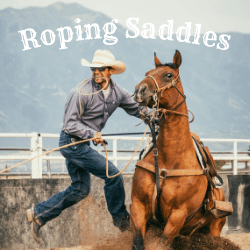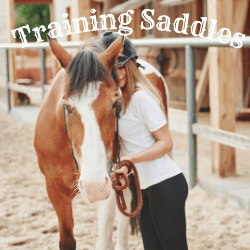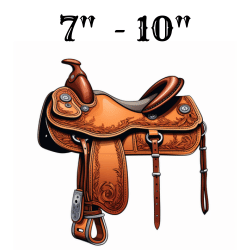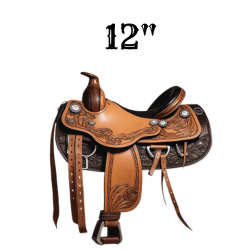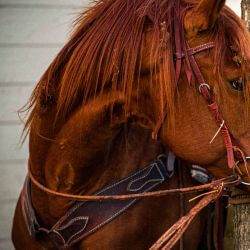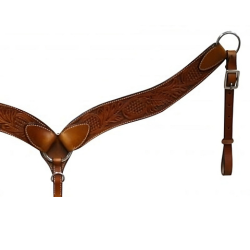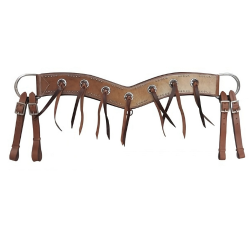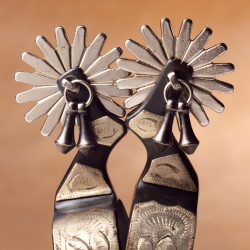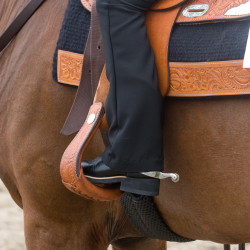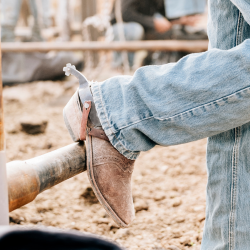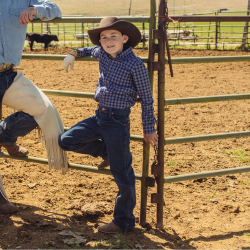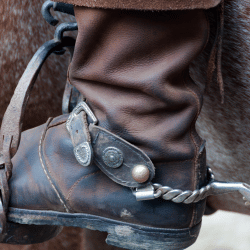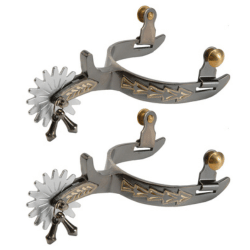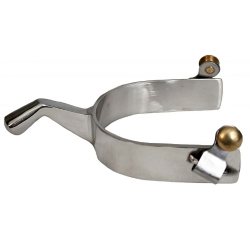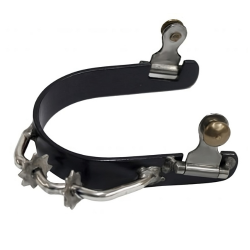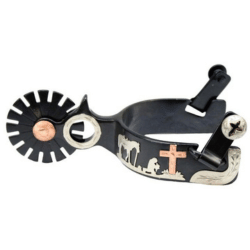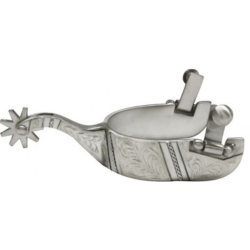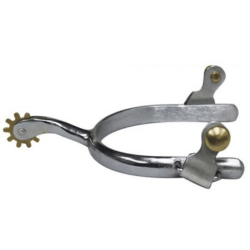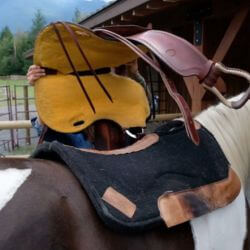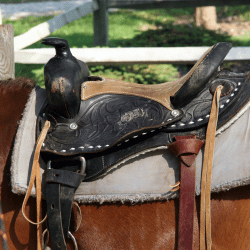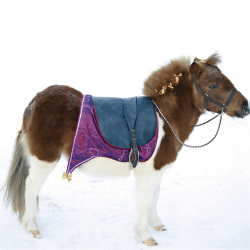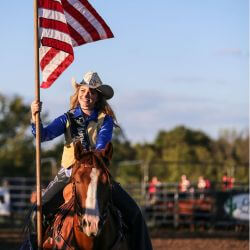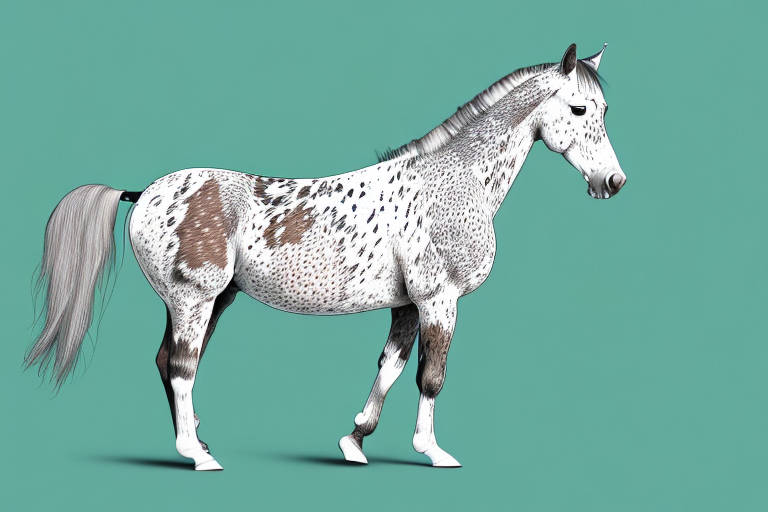Top 5 Fastest Horse Breeds in the World
Introduction
The sport of horse racing has been around for centuries and continues to capture the attention of millions of people worldwide. While there are many factors that make this sport exciting, one of the most significant is speed. The ability of a horse to run at incredible speeds has always been a crucial aspect of horse racing. Fans and enthusiasts alike marvel at the sight of these majestic creatures running at breakneck speeds, pushing their limits to see who will come out on top. In this blog post, we will explore the world's fastest horse breeds, their characteristics, training and breeding techniques used to produce such magnificent animals, as well as the controversies surrounding horse racing welfare. We will also take a look at what the future holds for this sport and its potential for even faster horses. Whether you're an animal lover or a sports fan, this post is sure to provide you with valuable insights into one of the world's most beloved pastimes.
History of Horse Racing
Horse racing is a sport that has been enjoyed by people for centuries. The origins of horse racing can be traced back to ancient civilizations such as Greece, Rome, and Egypt, where chariot races were popular. However, the modern form of horse racing that we know today began in the 12th century when English knights returned from the Crusades with Arabian horses.
The evolution of horse racing into a sport of speed can be attributed to the development of Thoroughbred horses. These horses were bred specifically for their speed and agility, and they quickly became the preferred breed for horse racing. The first recorded Thoroughbred race took place in England in 1665, and from there, Thoroughbred horse racing spread throughout Europe and eventually to America.
Horse racing soon became a global industry, with races taking place in countries all over the world. The Kentucky Derby in America, Royal Ascot in England, and the Melbourne Cup in Australia are just a few examples of the many prestigious horse races that take place each year.
Over time, advances in technology have also played a role in shaping horse racing into the sport it is today. The invention of starting gates and photo finishes have made races more fair and accurate. Additionally, improvements in transportation have made it easier for horses to travel long distances to compete in races around the world.
Despite its popularity, however, horse racing has not been without controversy. One major issue is the welfare of the animals involved. Critics argue that horses are subjected to intense physical exertion and are at risk of injury or death during races. There have been instances where horses have collapsed on the track or had to be euthanized due to injuries sustained during a race.
To address these concerns, organizations such as the International Federation of Horseracing Authorities (IFHA) have implemented rules and regulations aimed at protecting the welfare of horses. These include guidelines on medication use and veterinary care for racehorses.
Top 5 Fastest Horse Breeds
Horse racing is a sport that requires speed, agility, and endurance. Over the years, breeders have worked to produce horses that are faster and stronger, resulting in some of the world's fastest horse breeds. In this section, we will take a closer look at the top five fastest horse breeds in the world.
Thoroughbred
The Thoroughbred is considered one of the most popular and versatile horse breeds in the world. They are known for their speed and athleticism, making them ideal for racing. Thoroughbreds can reach speeds of up to 40 miles per hour (64 km/h), making them one of the fastest horse breeds in the world.
Thoroughbreds were originally bred in England during the 17th and 18th centuries for racing purposes. They are tall, lean horses with long legs and powerful hindquarters. Their coat colors vary but are usually bay, chestnut or black.
The history of Thoroughbred breeding is fascinating. The breed was developed by crossing three Arabian stallions with English mares. The result was a horse with speed, stamina, and agility which became popular for racing.
Some of the most famous Thoroughbred racehorses include Secretariat, Seabiscuit, Man O' War, and American Pharoah.
Quarter Horse
The Quarter Horse is another popular breed that is known for its speed. They are smaller than Thoroughbreds but just as fast. Quarter Horses can reach speeds of up to 55 miles per hour (88 km/h).
Quarter Horses were first bred in America during the 17th century for short distance races called quarter-mile races. They have a compact body with strong legs and powerful hindquarters.
The history of Quarter Horse breeding began when colonists brought over English horses to America. These horses were then crossed with Native American ponies resulting in a small but sturdy horse that excelled at sprinting.
Some famous Quarter Horse racehorses include Go Man Go, Easy Jet, Dash For Cash, and First Down Dash.
Arabian Horse
Arabian Horses are one of the oldest breeds in existence today. They are known for their beauty as well as their speed and endurance. Arabian Horses can reach speeds of up to 40 miles per hour (64 km/h).
Arabian Horses originated from Arabia where they were used as war mounts due to their stamina and agility on long journeys across harsh terrain.
They have a distinctive look with a dished face profile; large nostrils; expressive eyes; long arched necks; high-set tails; and refined bone structure compared to other breeds.
Some famous Arabian Horse racehorses include Ruffian, Desert Orchid, Al Maktoum Challenge Round Three winner African Story who won $10 million prize money throughout his career.
Standardbred
Standardbred horses are best known for their use in harness racing where they pull sulkies behind them instead of riders like other horses do on racetracks. Standardbreds can reach speeds of up to 30 miles per hour (48 km/h).
Standardbreds were first bred in America during the late 18th century from a mix of Thoroughbred stallions with native mares from New York State's Narragansett Bay area near Rhode Island Sound shorelines creating an excellent trotter that could be used both under saddle or pulling carts on farms or roadsides alike due to its versatility over varied terrain types - hence why it's called "standard" bred!
Some famous Standardbred racehorses include Niatross who won $2 million prize money throughout his career; Cam Fella who won $2 million prize money throughout his career; Somebeachsomewhere who won $3 million prize money throughout his career among others.
Appaloosa
Appaloosas are another breed known for their speed although not quite as fast as other breeds mentioned above like thoroughbreds or Arabians etc., Appaloosas can still hit impressive speeds up to around 25-30 mph (40-48 km/h).
Appaloosas originated from North America where they were used by Native Americans as hunting companions due to their excellent vision which allowed them to spot prey from far away distances even at night time thanks partly also due pigment defects within coats such as speckled white spots all over body areas including eyes!
Today Appaloosas remain popular mainly because they're so versatile being able excel across various disciplines including western pleasure riding events such as reining competitions etc., And also because they're great family pets too making excellent trail riding companions!
Some famous Appaloosa racehorses include Joker B who has won many prestigious awards throughout his career including National Cutting Horse Association Hall Of Fame Induction Award amongst others; Spotted Bull who has been recognized by Guinness Book Of World Records As World's Tallest Equine measuring over eight feet tall at shoulder height!
Breeding and Training Techniques
Breeding and training are two essential factors that determine the speed of a horse. Horse racing enthusiasts, breeders, and trainers have been using various techniques to produce fast horses for centuries. The process starts with genetics. Breeding thoroughbred horses involves selecting the best stallion and mare that possess desirable physical attributes such as long legs, deep chest, strong muscles, and a large heart. These traits are believed to contribute significantly to a horse's speed.
Once the breeding process is complete, the next step is training. Trainers use various techniques to develop a horse's speed, agility, and endurance. One of the most common methods is interval training. This technique involves alternating periods of high-intensity exercise with low-intensity recovery periods. It helps to improve a horse's cardiovascular system and build endurance.
Another popular technique used by trainers is hill training. This method involves running horses up steep hills repeatedly to strengthen their leg muscles and improve their stride length. Hill training also helps horses develop better balance and coordination.
Technology has also played a significant role in horse racing over the years. For instance, many trainers use treadmills to simulate race conditions for their horses during training sessions. Treadmills help trainers monitor a horse's performance closely while providing them with an opportunity to adjust their training program based on real-time data.
Breeding and training techniques have evolved over time due to advancements in technology and new research findings on equine physiology and biomechanics. However, despite these advances, there are still concerns regarding animal welfare in horse racing.
The use of drugs such as Lasix has been controversial in recent years due to its potential side effects on horses' health. Lasix is used to treat exercise-induced pulmonary hemorrhage (EIPH), which causes bleeding in a horse's lungs during intense exercise or competition.
In addition to drug use concerns, there are also concerns about injury rates among racehorses due to the intense nature of the sport. Some organizations have called for increased regulations around breeding practices and racehorse welfare.
Controversies Surrounding Horse Racing and Animal Welfare
Horse racing is a sport that has long been plagued by controversies surrounding the welfare of the animals involved. One major issue is the use of drugs in horse racing. While some medications are necessary for treating injuries or illnesses, others are used to enhance performance or mask pain, leading to concerns about animal welfare. In recent years, there have been calls to ban certain drugs and increase drug testing in order to ensure that horses are not being subjected to unnecessary harm.
Another major concern is the risk of injury and death for horses during races. While measures have been taken to improve safety, such as better track surfaces and improved veterinary care, accidents still occur. Injuries can range from minor cuts and bruises to more serious issues like broken bones or even fatalities. This has led some animal welfare advocates to call for an end to horse racing altogether.
The debate over the ethics of horse racing also continues. Some argue that it is cruel to force animals to race for human entertainment and profit, while others see it as a natural extension of the human-horse relationship that has existed for centuries. However, even those who support horse racing acknowledge that improvements can be made in terms of animal welfare.
To address these concerns, many organizations have implemented new policies aimed at improving the welfare of racehorses. These include stricter drug testing protocols, increased veterinary oversight, and improved training programs designed to reduce injuries. However, opinions on these measures vary widely within the industry.
Potential for Even Faster Horses in the Future
As technology continues to advance, there is potential for even faster horses in the future. One possibility is genetic engineering in horse breeding. While controversial, genetic engineering could allow for the selection of specific genes that contribute to speed and athleticism in horses. Additionally, advancements in training techniques and equipment could also lead to faster race times. However, it's important to balance the pursuit of speed with the welfare of the animals. Horse racing has faced criticism for its treatment of horses, including injuries and deaths on the track. As such, any advancements in horse racing should prioritize animal welfare alongside performance. Ultimately, while faster horses may be exciting for spectators and breeders alike, it's crucial that their wellbeing remains a top priority in any future developments in the sport.

